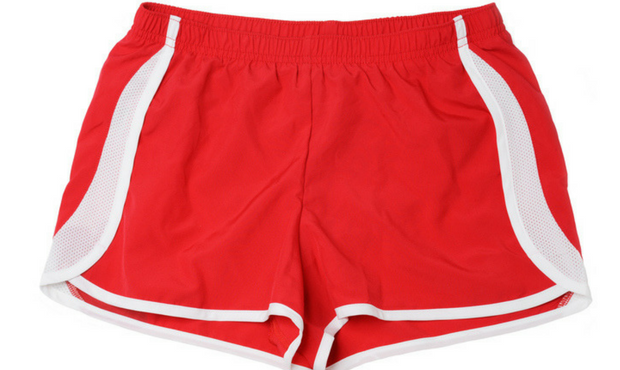
While much of America north of the Mason-Dixon Line is still covered in snow, spring and its warmer temps will soon arrive. For those of you who have been "multiple layer bundling" since Halloween, this annual thaw and its accompanying delayering is a welcome change. But should you be disrobing just yet? How warm do temperatures have to be before your clothes come off? Let's take a step back in running history to open the discussion.
Running Events Near You
Should you warm up in warmups?
In the hour before the 1992 July 4th 10K Peachtree Road Race in Atlanta, Kenyan phenom Sammy Lelei warmed up around the Buckhead Neighborhood's Lenox Mall. With temperatures hovering in the low 70s, it came as a surprise to many that morning to see him dressed in heavy layers. Twenty-seven minutes and 56 seconds after the gun was fired Lelei picked up the win, the course record and a number of questions from the running media surrounding his pre-race warmup outfit. "Brother Colm teaches us to dress heavily and always be warm in training to avoid injury," Lelei told the Atlanta Journal Constitution, referring to his advisor and godfather of Kenyan Running Colm O'Connell.
Lelei's comments kicked off a flurry of discussion amongst exercise scientists and coaches regarding the benefits of staying warm. There is an ever-growing body of evidence in the exercise science world that shows that not only are warmer muscles less likely to see micro tearing, but increased muscle temperature, not surprisingly, increases blood flow. Additionally, oxygen is released into the bloodstream more readily when muscle tissue is warm due to hemoglobin's reaction to higher temperatures. More oxygen to the working muscles means higher quality performances.
More: 5 Spring Training Tips
Are you going fast or slow?
Part of the discussion regarding layers should include the type of effort you are implementing. If your workout involves more intense running (particularly shorter, faster bursts such as hill repetitions or quicker track intervals), the likelihood of injury is greater if muscle tissue is cold. Running with reduced explosivity (easy runs/recovery runs of lower intensity) will see a lower risk of injury if muscles are cold. While this coach suggests maintaining warmer muscle temperatures even on "reduced intensity" days, these would be training runs where leeway can be granted to those who prefer skin exposed.
What your goose bumps are telling you.
The body hair of all mammals automatically stands up when cold, creating a fuzzy layer of warmth. When the body is cold, the muscles around our hair follicles contract. This reaction is a reflex left over from when our ancestors had long body hair. However, since we now possess far less body hair than our "ancestors," all we see are the goose bumps on our skin.
Michel Jazy, a French coach, Olympian and former mile world record holder, uses the "goose bump test" as his test of whether to go with or without running pants, tights or a long sleeve shirt. "When my athletes have the bumps of goose I say no way and dress to cover," said Jazy. "This tends to be about 13 degrees Celsius (55 degrees Fahrenheit) or colder, depending on the humidity."
At ZAP Fitness, we also have our own baseline for when our athletes are allowed to strip down to shorts and a tee only. Our rule is similar to Jazy's is: Anything below 50 degrees Fahrenheit warrants pants. Exposed legs and arms are not allowed here. We preach greater layers always, even on 60-degree days, even if only to begin.
Related: The Best Running Clothes for Every Spring Weather Scenario
Try a layered approach.
Staying healthy is one of the most difficult tasks for a distance runner. Whether your chosen event is the mile or the marathon--and whether you are a beginner of veteran runner--ours is a fully weight bearing activity with some of the highest incidents of soft tissue injuries in sport. To reduce the risk of injuries and interruptions, try "disrobing" after running 15 to 20 minutes. Herein lies the middle ground--and a tried-and-true technique used by experienced runners for decades--for those who prefer to run lighter. After a gentle opening of one to two miles whereupon your tissue is warm, take off a layer for the remainder of the run.
Spring is a season complete with every kind of weather, from an extension of winter to summer-like oppression. In either scenario, be open to an extra layer, particularly on the cooler days. Your muscle tissue will thank you, and you will be more likely to see PRs aplenty.


